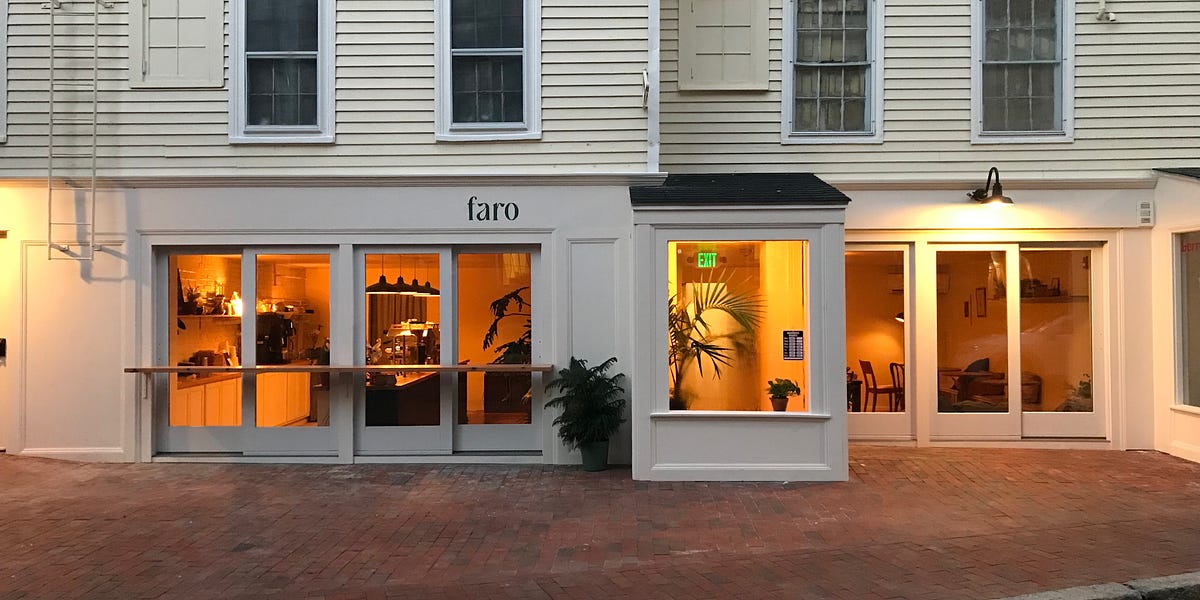the city and the limiting virtues

🌈 Abstract
The article discusses the concept of "limiting virtues" - virtues that constrain us in order to set us free. It explores how certain physical spaces, such as a café, church, and library, can embody these limiting virtues and provide a counterpoint to the "therapeutic libertarianism" and relentless self-optimization that the author sees as prevalent in modern culture.
🙋 Q&A
[01] "Freedom to" and "Freedom from" in the Café, Church, and Library
1. What are the "limiting virtues" that the author identifies in the different spaces?
- In the Faro café, the no-laptops policy enforces moderation and contentment, leading to more eyes-up and in-person interaction.
- In the St. Paul's Parish church, the reverence encouraged, including in the weekday noon masses, creates a sacred space.
- In the Cambridge Public Library, there is a gradation of limiting virtues - from the half-quiet first floor to the completely quiet room on the second floor, and the raucous children's area on the third floor.
2. How do these limiting virtues open up other freedoms?
- The no-laptops policy at Faro café means you can't do certain types of work, but it encourages more eyes-up and in-person interaction.
- The reverence encouraged at St. Paul's Parish creates a sacred space in the middle of a bustling university square.
- The different zones in the library, with varying levels of quiet and activity, provide different freedoms and experiences for patrons.
3. What is the author's perspective on the value of these limiting virtues? The author sees these limiting virtues as important counterpoints to the "therapeutic libertarianism" and relentless self-optimization that they see as prevalent in modern culture. The author suggests that designers should take a renewed look at how limits in physical spaces can partner with civic goods and open up other freedoms.
[02] The Opposing Philosophies of "Therapeutic Libertarianism" and "Loyalty to the Given World"
1. What is the author's critique of "therapeutic libertarianism"? The author critiques the "therapeutic libertarianism" that they see as prevalent, where self-improvement is seen as the ultimate goal and no constraints should impede personal growth. The author sees this as a "banal pleasure-seeking of wealthy, elite culture" that ignores real-world problems.
2. How does the author contrast this with the philosophy of "loyalty to the given world"? The author presents the philosopher Charles Taylor's concept of "a generalized culture of 'authenticity,' or expressive individualism" as the opposite of "loyalty to the given world." The author suggests that this "loyalty to the given, unchosen world" and "living with obligations" is a more valuable perspective.
3. How does the author see this playing out in the design of physical spaces? The author wants architecture students to see that the "flexible, modular, all-purpose and all-choices box of a room" is not always the best approach. Instead, the author advocates for designers to take a renewed look at how limits in physical spaces can partner with civic goods and open up other freedoms.